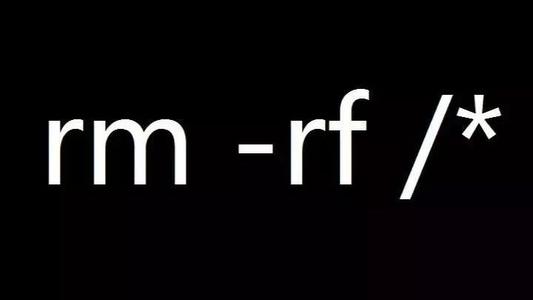 [1]
[1]
CentOS 删除特殊文件名文件
在CentOS 下我们一般使用 rm 命令删除文件。
CentOS 命令一般使用 -后面跟字母来作为命令的选项,如果我们要删除的文件名以 - 开头该怎么处理呢?
我们通过查看rm的帮助可以找到答案:
[root@host]# rm --help
Usage: rm [OPTION]... FILE...
Remove (unlink) the FILE(s).
-f, --force ignore nonexistent files, never prompt
-i prompt before every removal
-I prompt once before removing more than three files, or
when removing recursively. Less intrusive than -i,
while still giving protection against most mistakes
--interactive[=WHEN] prompt according to WHEN: never, once (-I), or
always (-i). Without WHEN, prompt always
--one-file-system when removing a hierarchy recursively, skip any
directory that is on a file system different from
that of the corresponding command line argument
--no-preserve-root do not treat `/' specially
--preserve-root do not remove `/' (default)
-r, -R, --recursive remove directories and their contents recursively
-v, --verbose explain what is being done
--help display this help and exit
--version output version information and exit
By default, rm does not remove directories. Use the --recursive (-r or -R)
option to remove each listed directory, too, along with all of its contents.
To remove a file whose name starts with a `-', for example `-foo',
use one of these commands:
rm -- -foo
rm ./-foo
Note that if you use rm to remove a file, it is usually possible to recover
the contents of that file. If you want more assurance that the contents are
truly unrecoverable, consider using shred.
Report rm bugs to bug-coreutils@gnu.org
GNU coreutils home page: <http://www.gnu.org/software/coreutils/>
General help using GNU software: <http://www.gnu.org/gethelp/>
For complete documentation, run: info coreutils 'rm invocation'我们可以看到有两种方法可以删除以-开头的文件名的文件:
To remove a file whose name starts with a `-', for example `-foo',
use one of these commands:
rm -- -foo
rm ./-foo第一种:在文件名前使用 -- 解决文件名被解读为命令选项的歧义,比如删除-foo文件 rm -f -- -foo。
第二种:利用相对路径让文件名称变为不是以 - 开头,比如删除当前目录的-foo文件 rm -f ./-foo。
Bye!!!